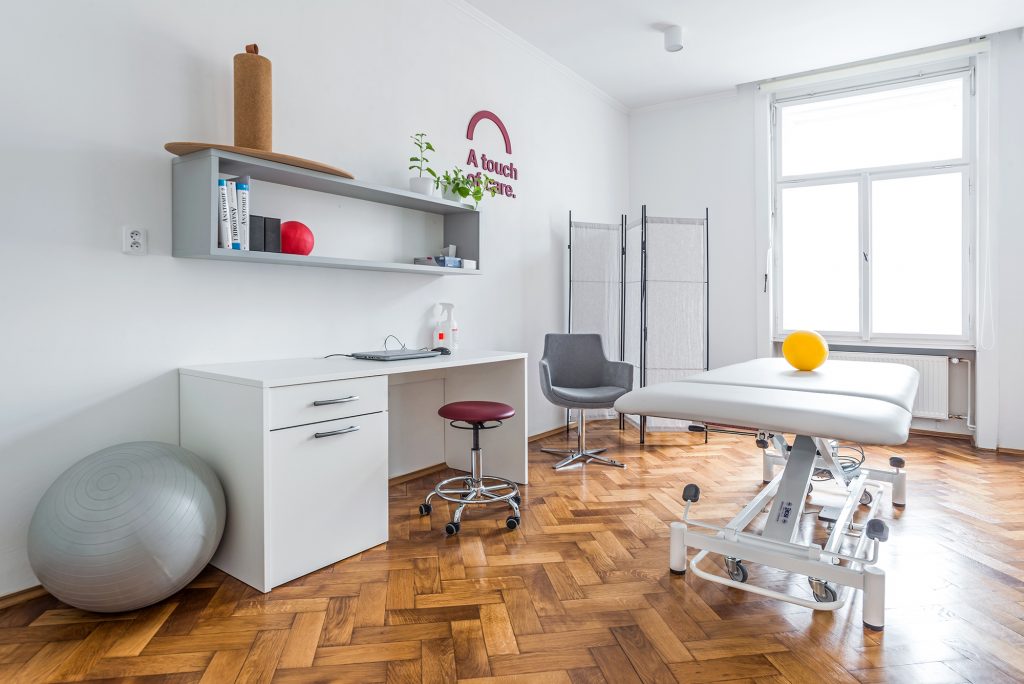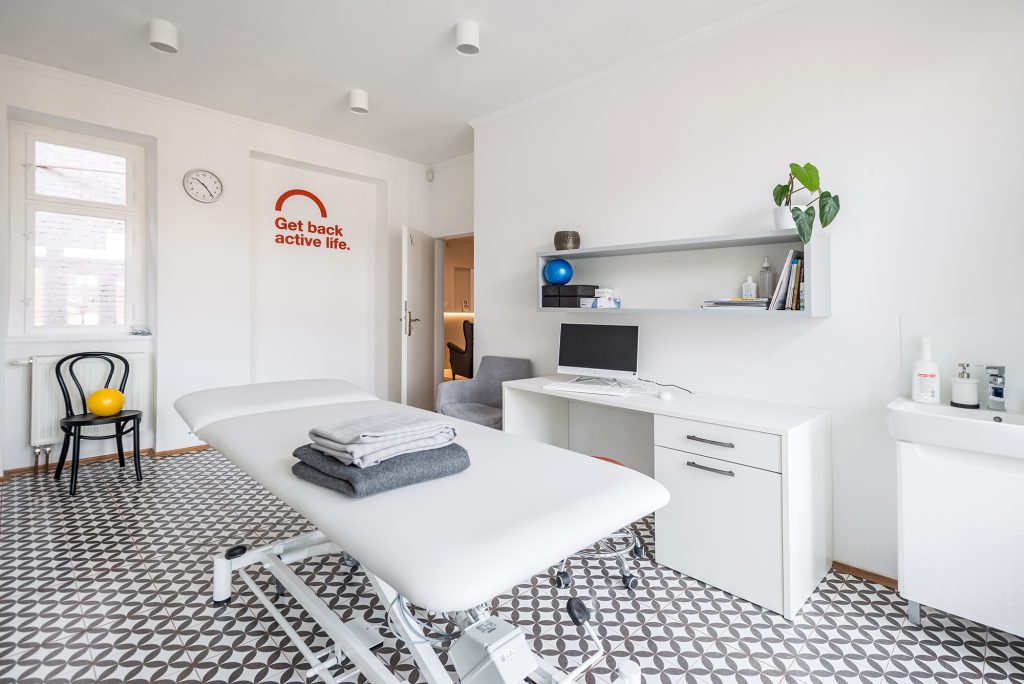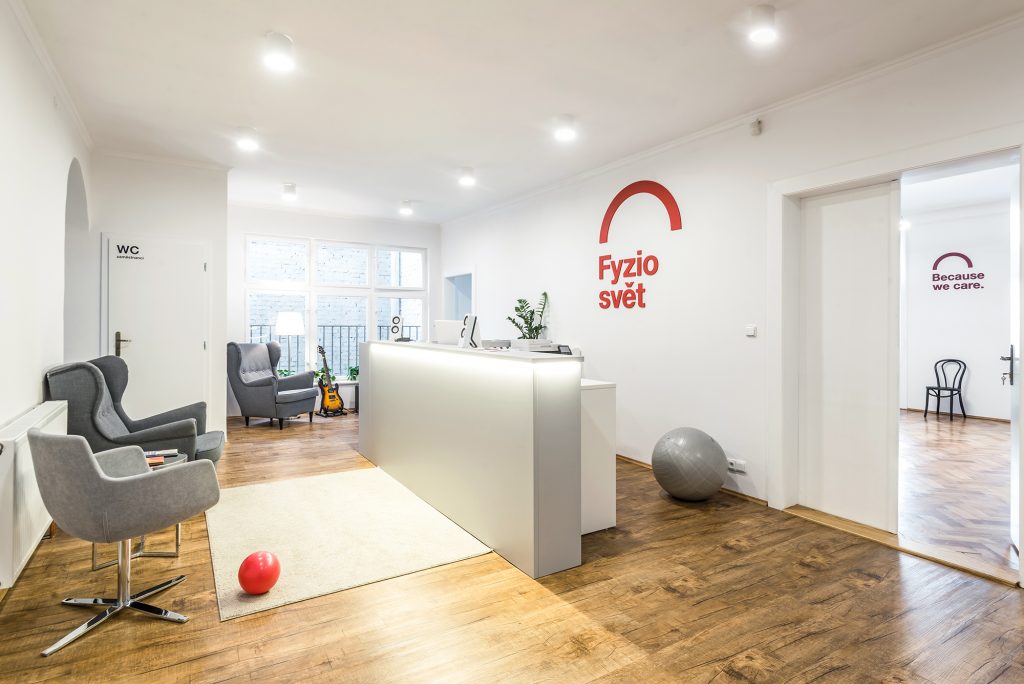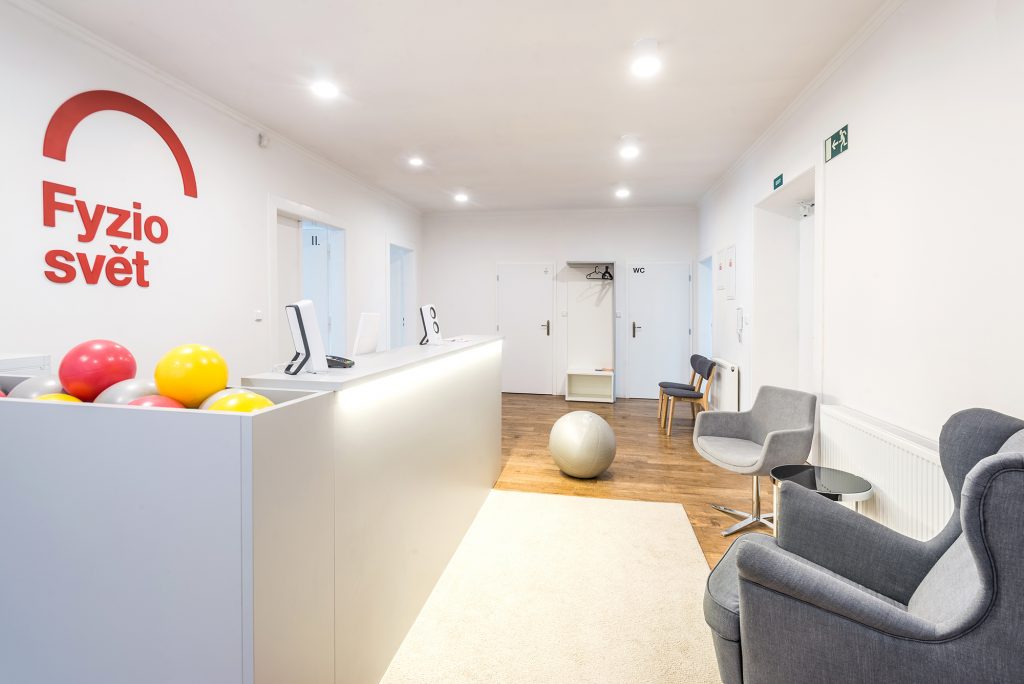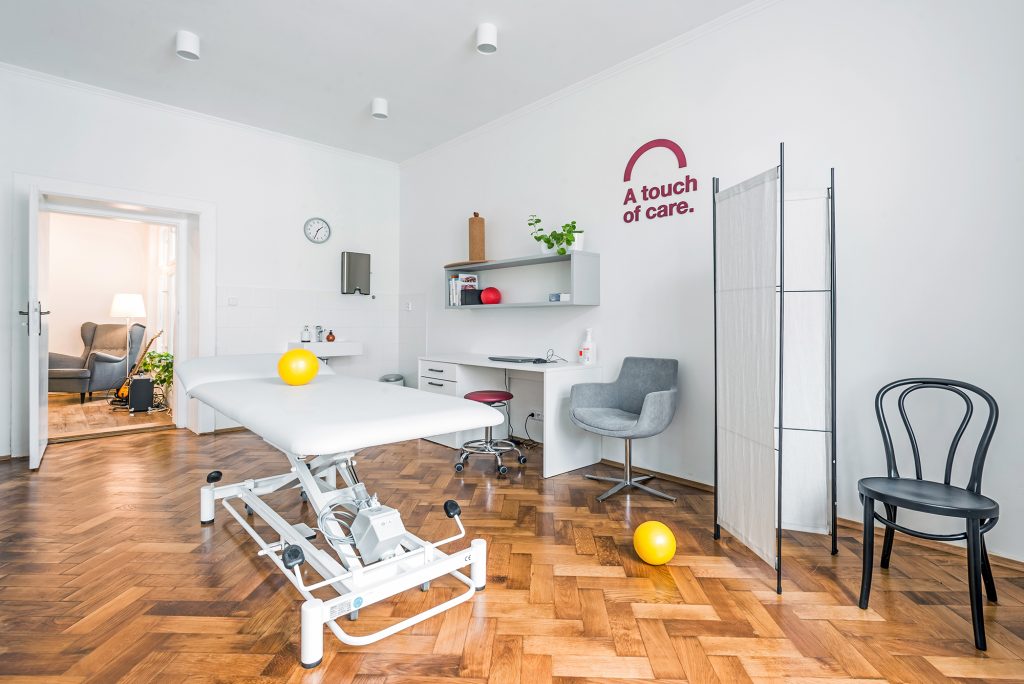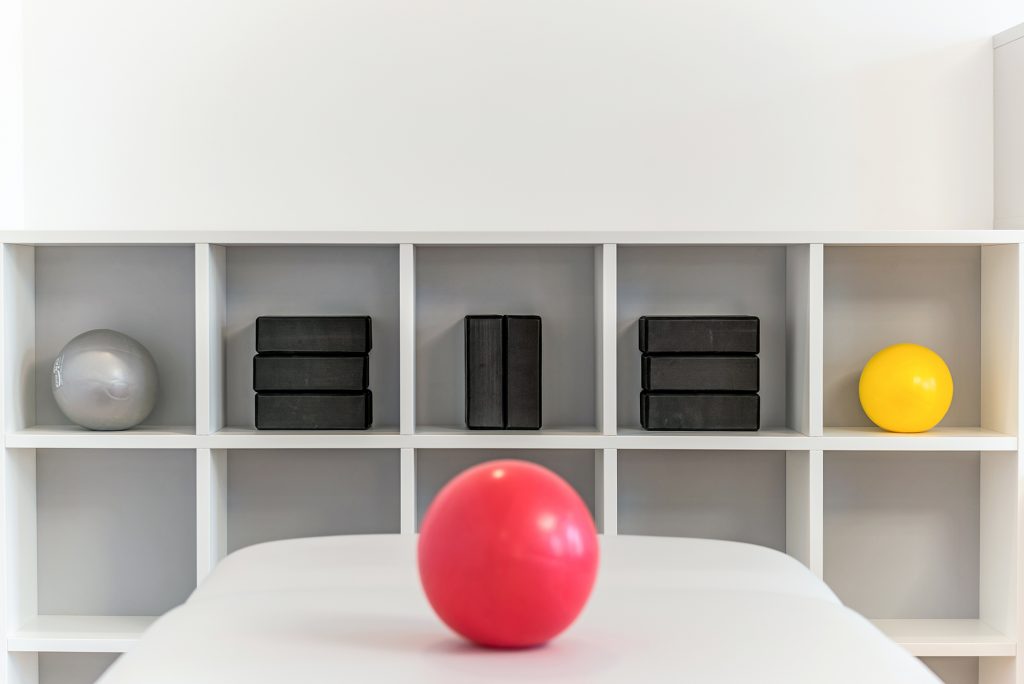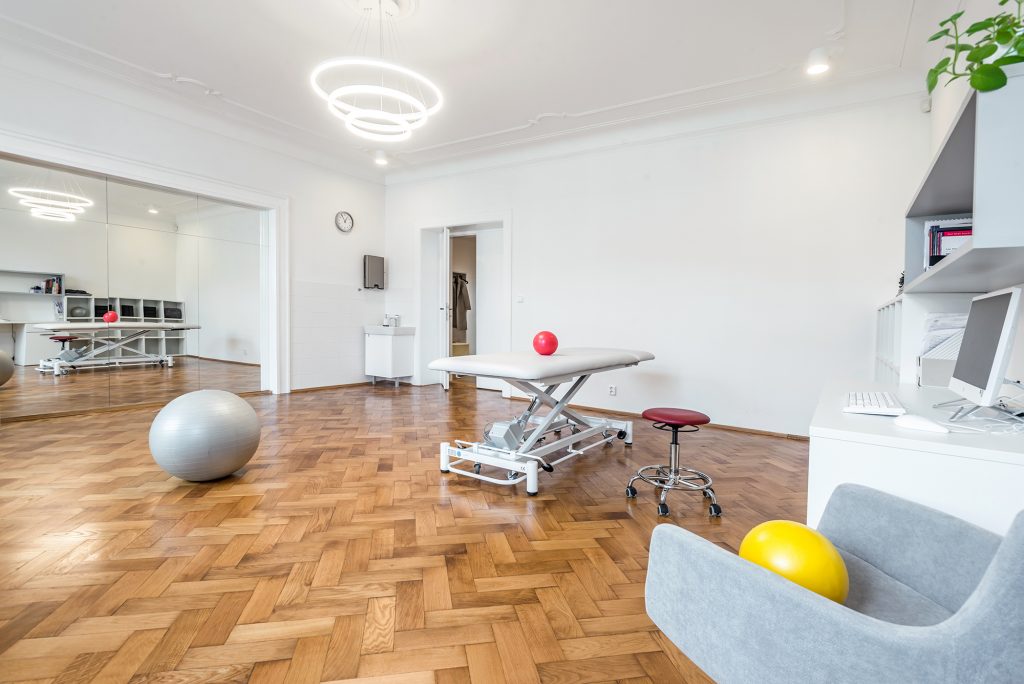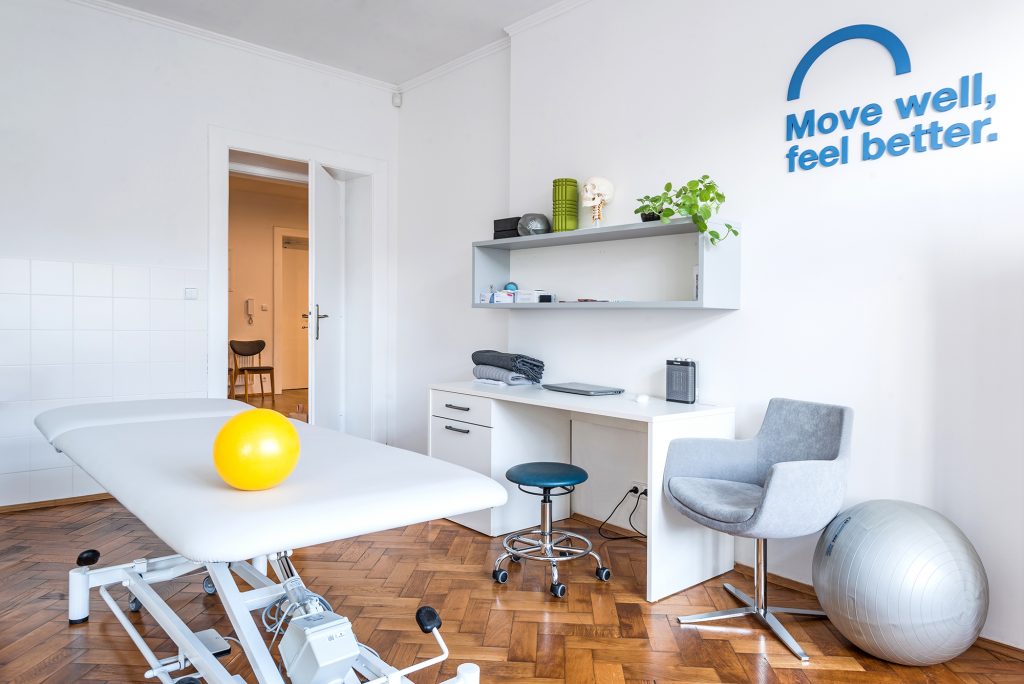Balance Training: Exercising Both Your Brain and Muscles
How Does the Body Maintain Balance?
Every second, the human brain receives and processes a massive amount of information about the body and its surroundings. Balance relies on several key sources of input:
- Inner ear equilibrium system (try spinning in one direction for a while, and you’ll temporarily disrupt it)
- Visual cues (try standing on one leg with your eyes closed, and you’ll notice a decrease in stability)
- Touch perception and proprioception (the sense of body position and movement)
Proprioceptors, located in muscles, tendons, and joints, are especially crucial for balance. In challenging situations, they provide about two-thirds of the information needed to maintain equilibrium. These receptors inform the brain about joint position, muscle stretch, and movement. The brain then signals the muscles to create stability or guide movement.
Balboa Boards for Balance Training
Various tools like BOSU balls, inflatable cushions, and foam rollers are used for balance training. At Fyziosvět, we use Balboa Boards, which are made in the Czech Republic by young, creative minds. Instead of standard, sterile rehabilitation tools, these boards make balance training more fun and challenging, allowing faster progress in shorter time frames. Balancing on these boards is also a global sport.
Training the Brain and Muscles
Balance training aims to improve the speed of information transmission from proprioceptors, quicken the brain’s response time, and enhance muscle precision. This improves the body’s reaction to unexpected situations. For example, when a soccer player collides with an opponent while jumping for a header, if they have a well-developed sensorimotor response, the brain can quickly activate the right muscles to protect the knee from injury. Without precise reactions, forces could transfer to the joint, leading to injuries like meniscus or ligament tears. Many athletes mistakenly believe that strong muscles alone are enough, but without quick activation, even strong muscles won’t help. Both strength and agility need to be trained. Balance boards enhance agility, improving movement quality, performance, and reducing the risk of injury.
How Does the Training Work?
Don’t worry if you’re a beginner. Training starts on the ground, without the board, where you first learn the proper stance. Once you’ve mastered that, you gradually move onto the balance boards, where you can learn almost anything. The goal of every part of training is to transfer the activity into the subconscious mind, essentially automating it. The human brain is incredible and can completely adapt to the tool, significantly enriching movement patterns that the subconscious can later select for precise actions in everyday life or sports.
Benefits of Balance Training
- Post-injury or post-surgery recovery: You can shorten recovery time and strengthen weakened areas.
- Activates the deep stabilizing system, including back muscles, abdominal muscles, the diaphragm, and pelvic floor muscles, which are essential for proper posture and serve as a foundation for all movement activities.
- Improves balance, crucial for older individuals to prevent falls.
- For athletes, benefits include compensating for imbalances, increasing reaction times, enhancing fitness levels, and preventing muscle imbalances and injuries. The exercise also helps relieve tension caused by excessive stress and physical strain. It’s recommended for both children and adults.
Who is Balance Training For?
- Athletes: To prevent injuries and compensate for one-sided strain
- Post-injury or post-surgery rehabilitation
- Office workers: To break up repetitive movement patterns
- Young athletes: For talent development and injury prevention
- Snowboarders, skateboarders, inline skaters, and surfers: As sports-specific training
- Anyone under long-term stress
Balance training is beneficial for everyone, from athletes to office workers, helping improve coordination, performance, and overall well-being.
